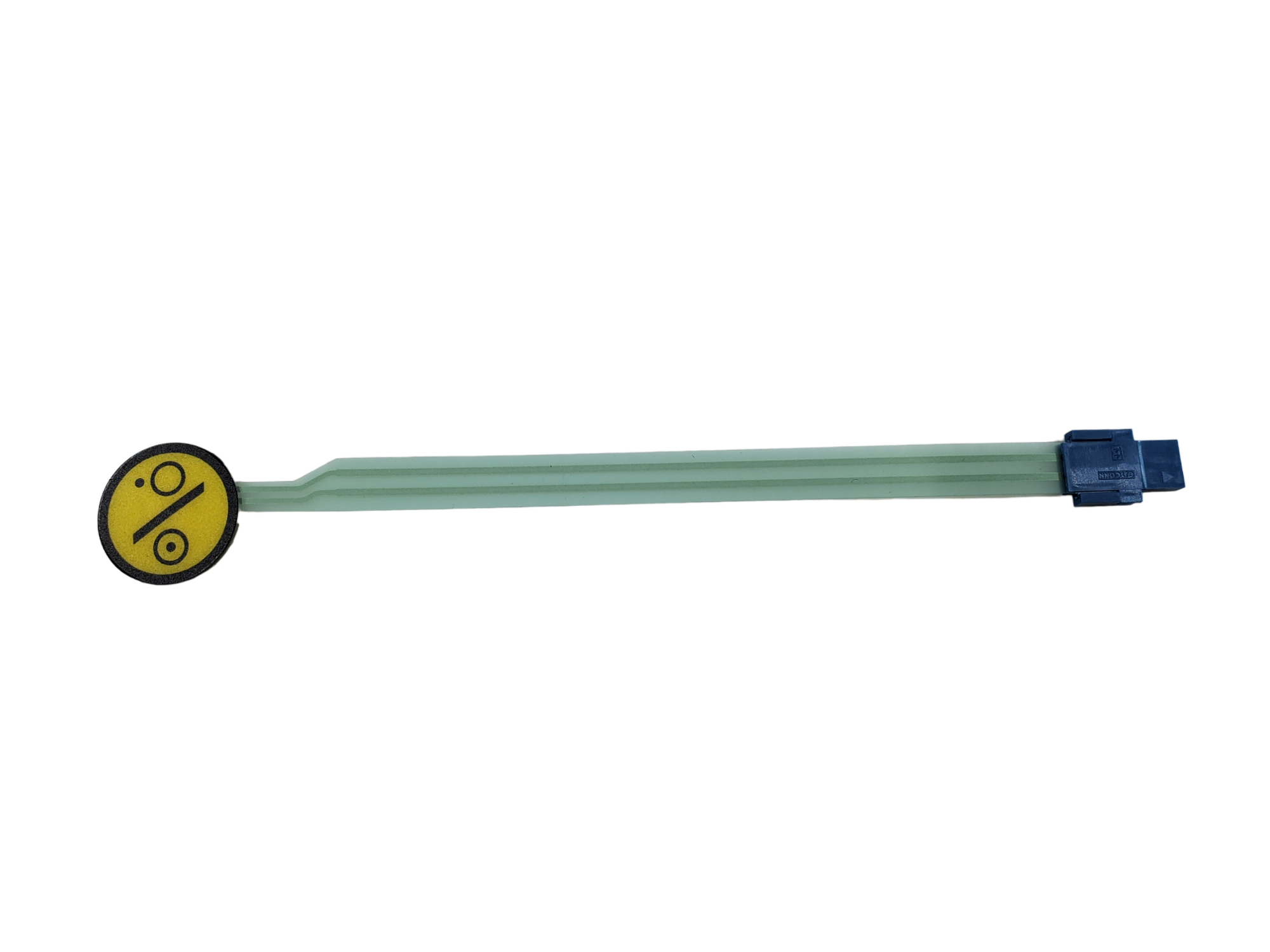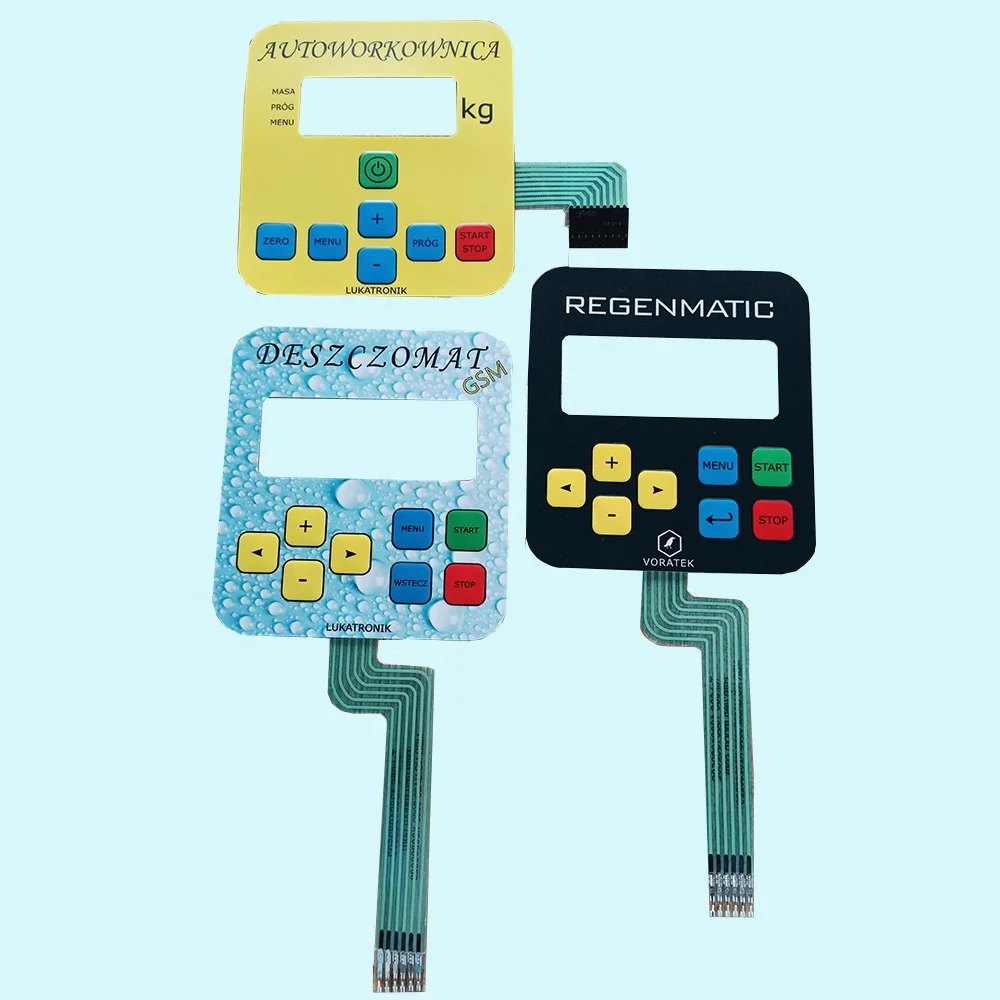Membrane Switch: A Comprehensive Guide to Its Uses and Applications
Membrane Switch: A Comprehensive Guide to Its Uses and Applications
Blog Article
Comprehending Membrane Layer Switches: The Trick to Reliable and resilient Controls

What Are Membrane Layer Buttons?
Membrane buttons are an innovative service in the world of customer interface technology, combining performance and layout perfectly. These tools function as an interface in between individuals and digital systems, integrating numerous components into a small layout. Normally created from flexible, thin layers of materials, membrane buttons are developed to react to touch, enabling individuals to engage with equipment and digital gadgets properly.
The key elements of a membrane layer switch consist of a published circuit layer, visuals overlay, and a spacer layer that avoids unexpected activation. The visuals overlay can be tailored to show brand name identity or user preferences, boosting aesthetics while guaranteeing functionality. Membrane switches are typically utilized in various applications, including medical tools, customer electronics, and commercial devices, owing to their longevity and resistance to ecological aspects such as dampness and dirt.
One of the essential advantages of membrane layer switches is their ability to endure deterioration, making them ideal for high-traffic settings. Additionally, they are lightweight and need marginal room, enabling ingenious layouts in item growth. Overall, membrane layer switches over represent a effective and useful option for modern-day digital interfaces, marrying technology with user-centric layout concepts.
Exactly How Membrane Layer Switches Over Job
The procedure of membrane changes hinges on an easy yet efficient device that translates customer input right into electronic signals. When an individual presses the button, the top layer warps, permitting a conductive component in the circuit layer to make contact with a corresponding conductive pad on the underside of the graphic overlay.
The layout of membrane buttons can differ, yet they often integrate domes or responsive aspects to give responses to the individual, enhancing the general experience - membrane switch. The products used in membrane switches, such as polyester or polycarbonate, add to their sturdiness and resistance to environmental factors, including moisture and dirt. Moreover, the published circuits are commonly encapsulated, which safeguards them from wear and tear gradually.
Advantages of Membrane Buttons

Additionally, membrane layer switches are recognized for their sturdiness. Created from durable products, they are immune to dust, moisture, and physical wear, which considerably prolongs their life-span contrasted to conventional mechanical buttons. This longevity makes them especially suitable for high-traffic environments and applications needing long life.
Another significant benefit is the ease of cleansing and upkeep. The smooth surface of membrane switches over reduces dust build-up and is typically invulnerable to spills, making them excellent for setups that need regular sanitization.
Furthermore, membrane layer buttons offer a structured profile, leading to a thinner layout that can be integrated into various gadgets without including mass. This function not just boosts the aesthetic charm however also adds to a more ergonomic item layout.
Applications of Membrane Switches
Easy to use and flexible, membrane buttons find applications across a vast array of industries, including clinical devices, customer electronic devices, and industrial devices. In the clinical area, these buttons are important to devices such as diagnostic devices, individual monitoring systems, and infusion pumps, where reliability and convenience of cleaning are essential. Their ability to hold up against severe settings and preserve functionality makes them excellent for such applications.

In customer electronic devices, membrane layer buttons are made use of in products like microwaves, washing makers, and remote controls - membrane switch. Their smooth layout enables for user-friendly interface, improving the total individual experience while supplying sturdiness and resistance to tear and wear
Commercial tools likewise gains from membrane switches, specifically in control panels for machinery and automation systems. These buttons offer security against dirt and moisture, making certain regular performance in challenging atmospheres. Moreover, their personalized features permit manufacturers to customize them to certain operational requirements, improving effectiveness and performance.
Selecting the Right Membrane Switch Over
When selecting a membrane layer switch, it is vital to consider various factors that affect efficiency and suitability for specific applications. The key factors to consider consist of ecological problems, responsive comments, longevity, and style requirements.
First, analyze the operating environment; buttons subjected to dampness, he said chemicals, or a knockout post extreme temperatures require specific products to make sure durability and capability. Next, review the demand for responsive feedback. Depending upon individual interaction, some applications may take advantage of a responsive feedback to validate activation, while others may favor a non-tactile design for visual factors.
Sturdiness is an additional vital factor; membrane layer switches need to be made to stand up to frequent usage, impacts, and abrasion. Make certain the selected button can sustain the expected lifecycle, particularly in high-usage situations.

Final Thought
In verdict, membrane changes serve as necessary elements in the layout of durable and reliable control systems throughout various sectors. The versatility of membrane switches over allows for tailored remedies that meet details functional demands, enhancing their relevance in modern-day technology.
Membrane layer switches over represent a vital aspect of contemporary user interface style, mixing functionality with durability in numerous applications.Membrane layer switches are an advanced option in the world of customer interface modern technology, incorporating functionality and layout perfectly. Typically built from flexible, slim layers of materials, membrane layer buttons are made to respond to touch, allowing individuals to engage with equipment and electronic devices effectively.
The style of membrane switches can differ, yet they frequently include domes or responsive aspects to provide feedback to the user, enhancing the general experience.In verdict, membrane changes serve as vital components in the design of trustworthy and resilient control systems across different markets.
Report this page